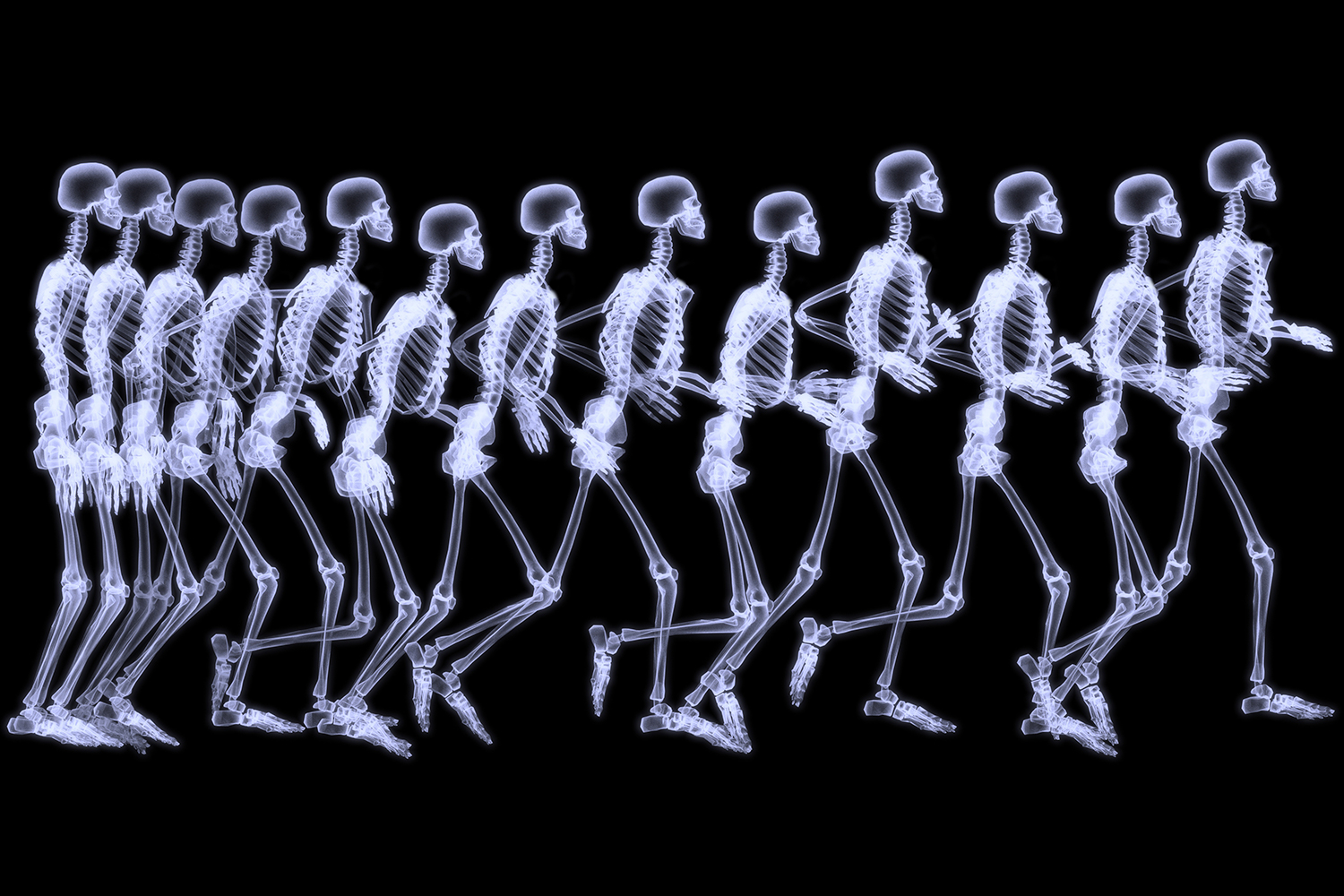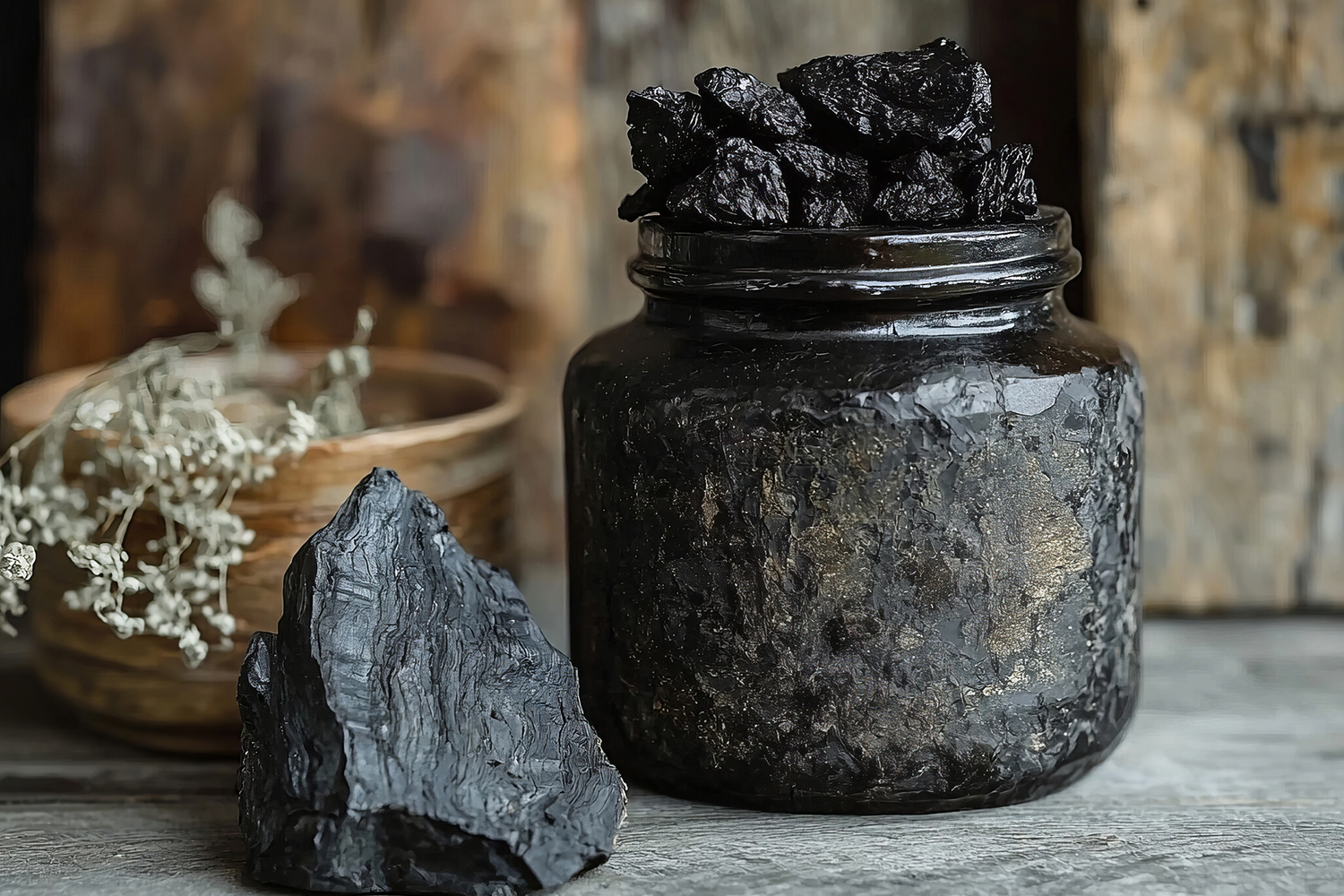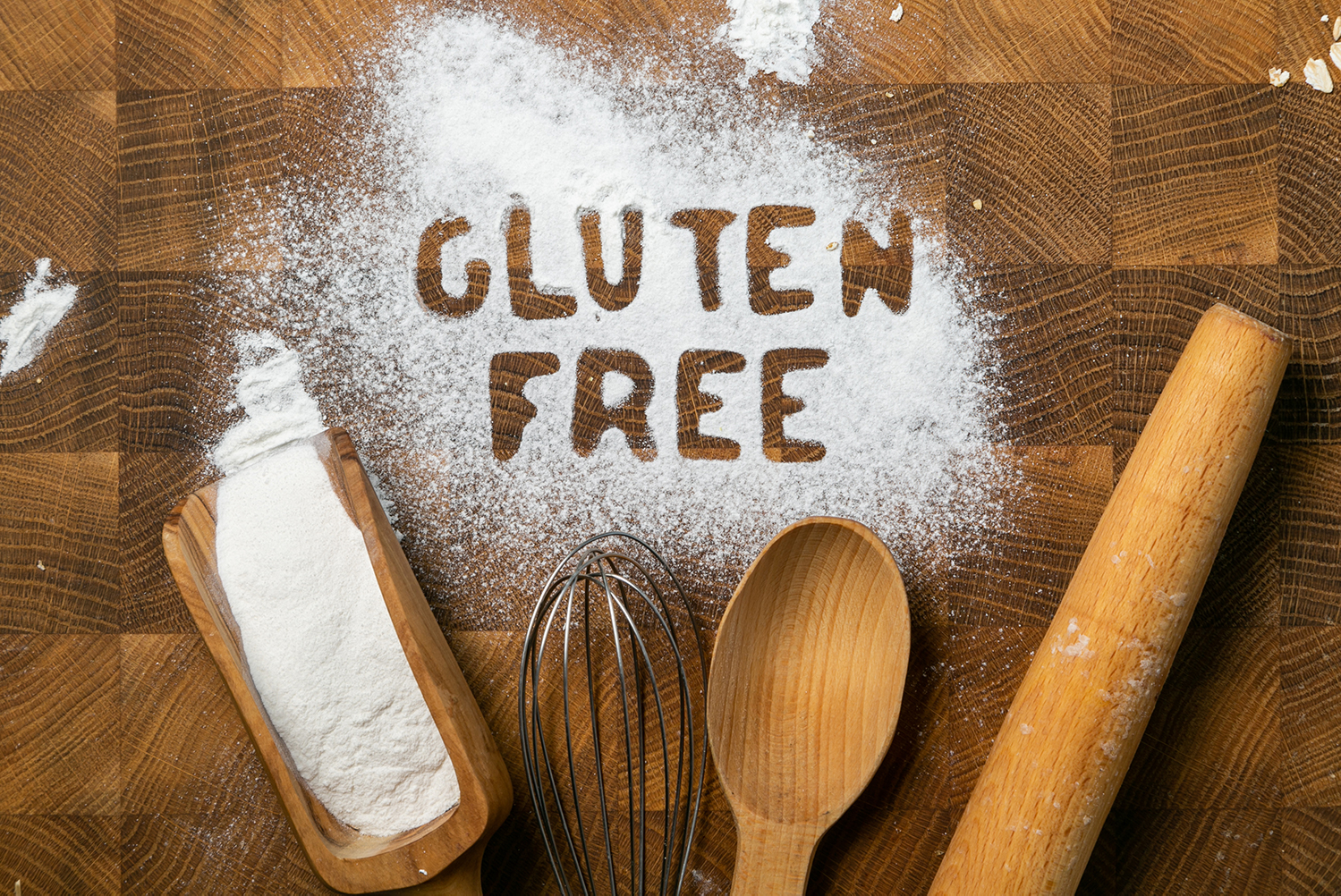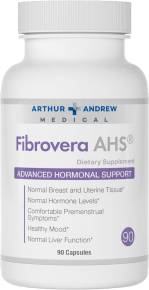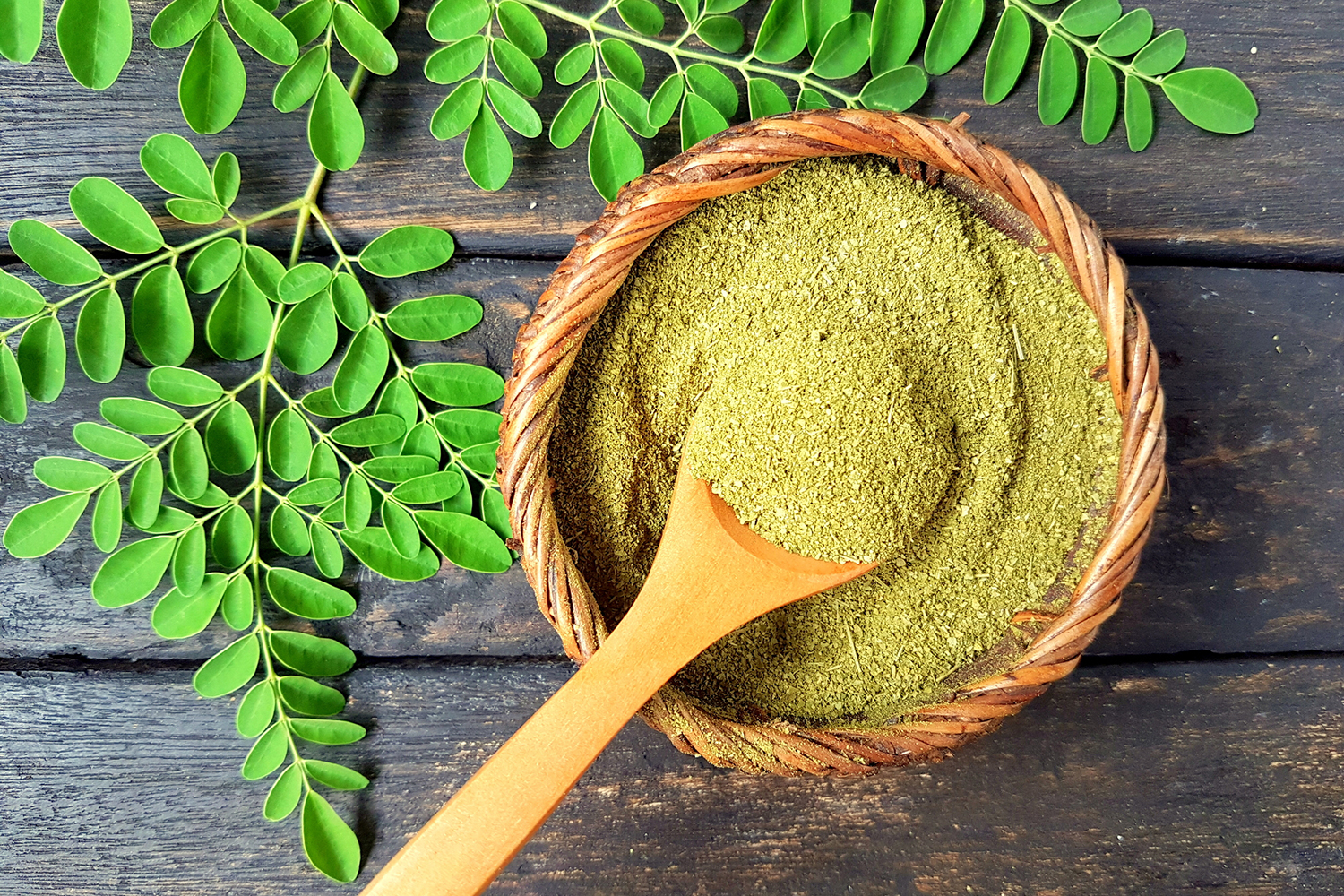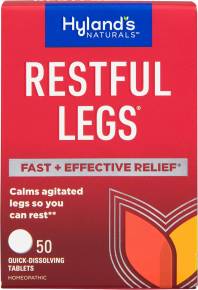Exercise is vital for life, but injuries often set us back for a couple of days or longer.
Supplements for Injury Prevention
While the occasional pulled muscle or inflamed tendon is virtually unavoidable, certain key nutrients can play a role in injury prevention.
-
B vitamins
The Bs are necessary for energy production, a crucial factor for effective exercise.
Low levels of vitamin B12, for example, may result in diminished energy and exercise tolerance, together with fatigue and shortness of breath, according to a recent study.
-
Omega 3s
Research has shown that these essential fatty acids can enhance athletic performance while helping to stave off injuries.
They reduce inflammation and ease postworkout muscle soreness.
-
Vitamin D
Low serum levels of vitamin D have been shown to negatively affect muscle strength and endurance and increase the risk of musculoskeletal injuries like stress fractures.
-
BCAAs
Found in supplement form or food (meat, fish, seafood, milk, eggs), branched-chain amino acids (including valine, leucine, and isoleucine) offer two key benefits for athletes as post-training support.
First, they stop the breakdown of muscle after a workout.
Second, they initiate the recovery process, helping to repair muscle.
-
Glutathione
This antioxidant has been proven to reduce symptoms of stress and discomfort in muscles and joints.
It provides a boost in athletic performance and recovery.
-
Calcium
Adequate calcium intakes guards against fracture risk.
There is no need to exceed recommended calcium amounts, which are 1,000 milligrams (mg) per day (through a combination of dietary and supplement sources) if you are 50 or younger. For women 51 or older, 1,200 mg is the recommended amount.
Because the body can absorb only a certain amount of calcium at a time, it's best to break the dosages into roughly 500 mg at a time.








